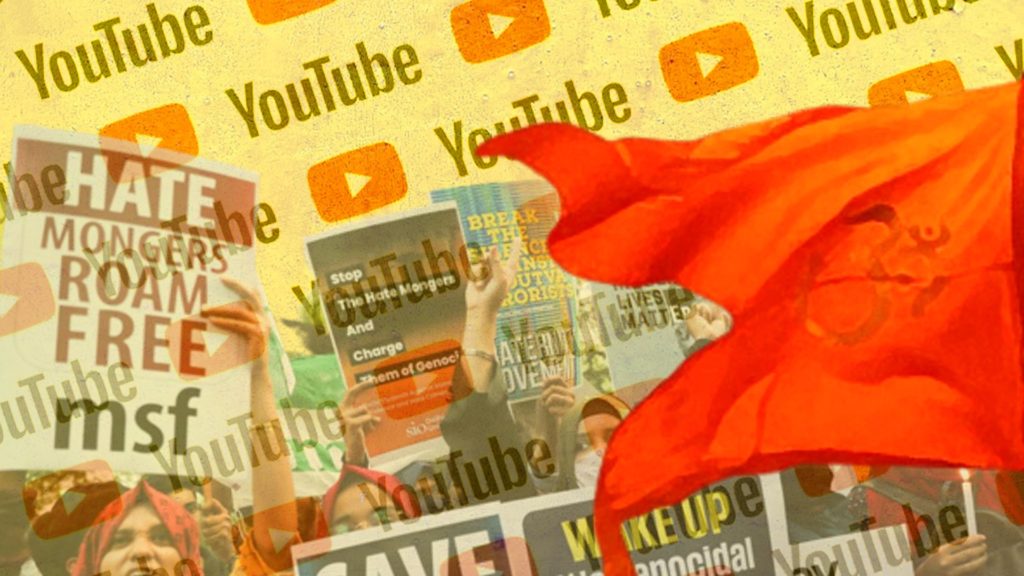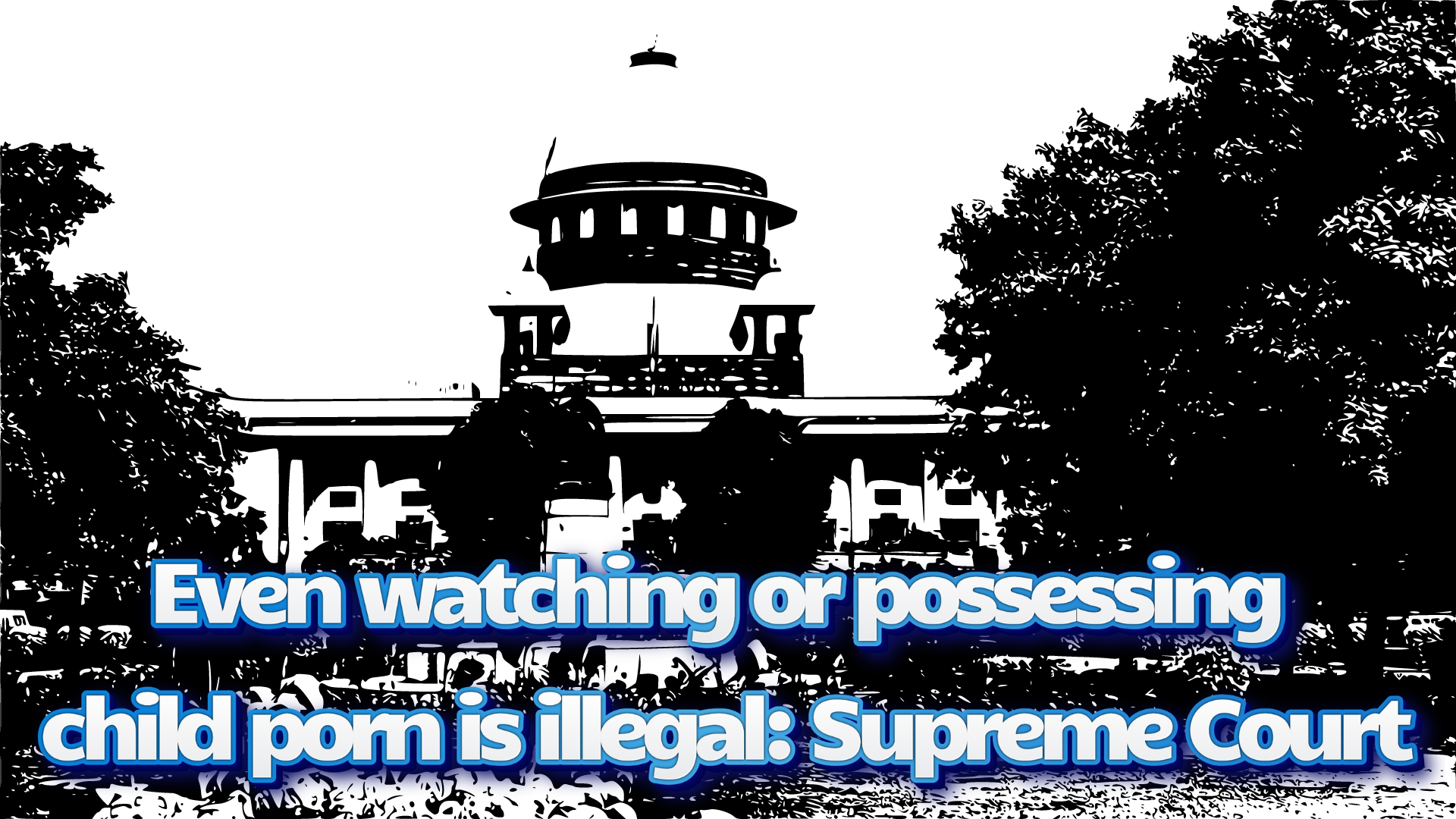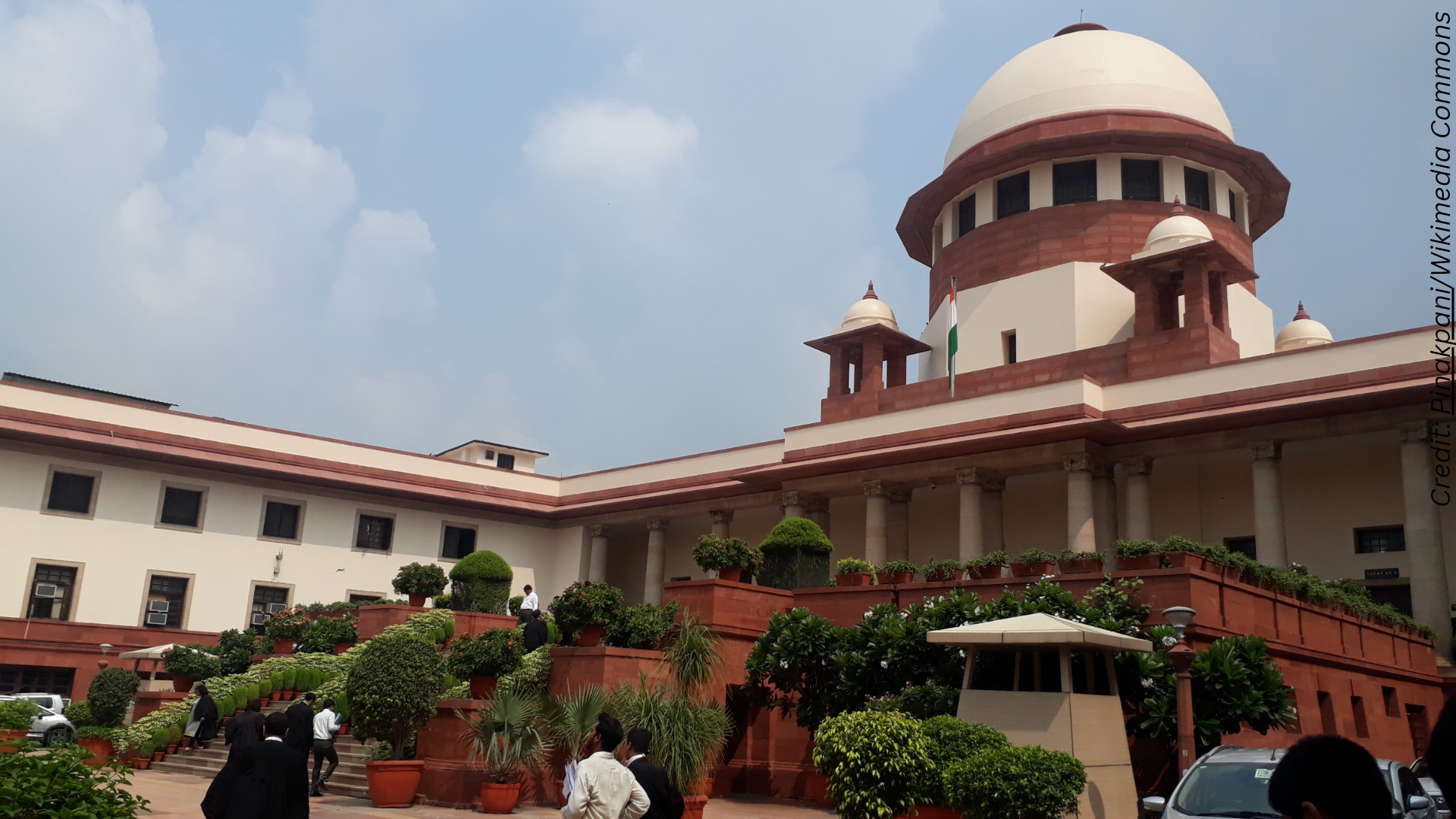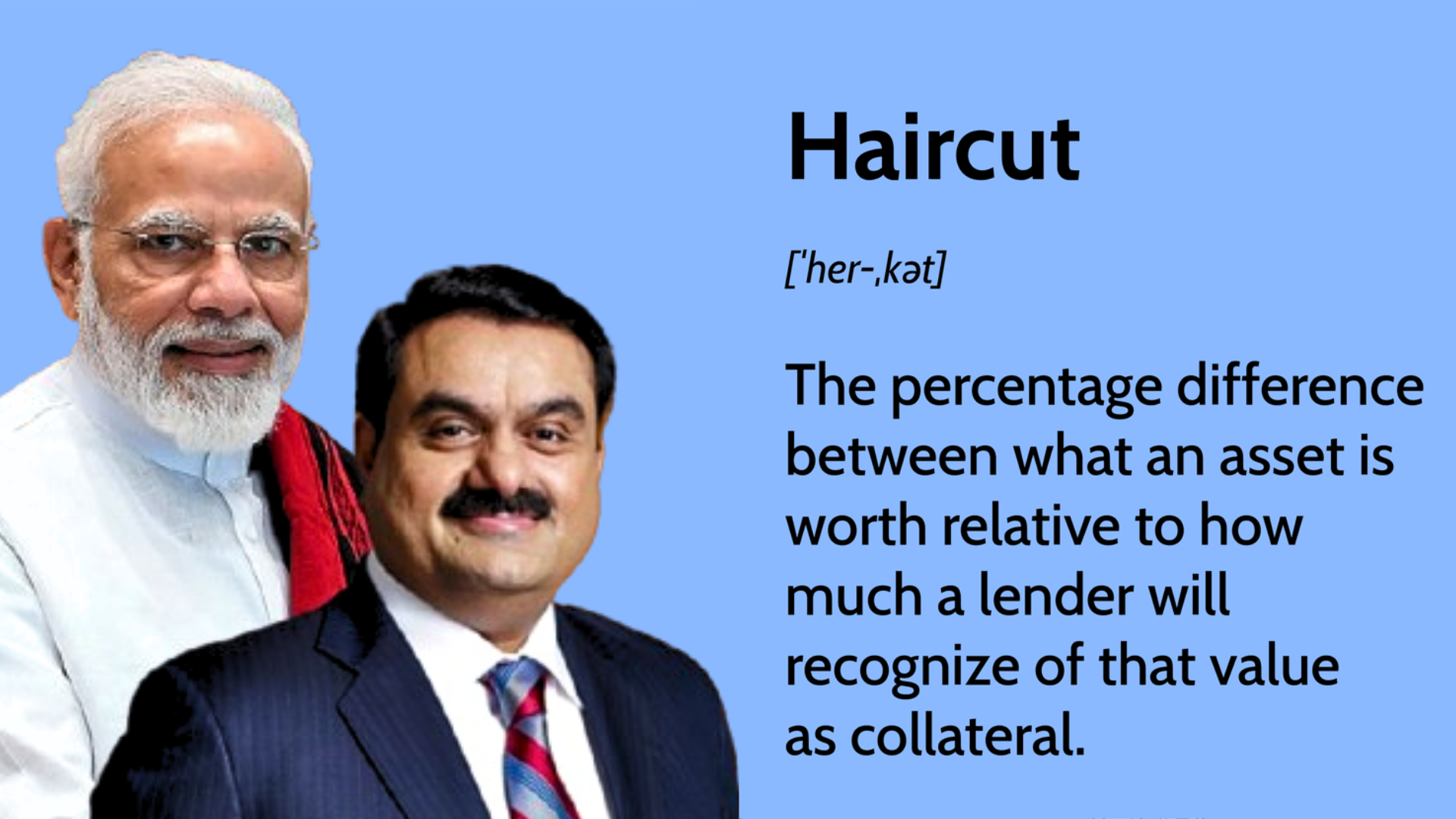YouTube being weaponised by “Hindu nationalists” to spread anti-Muslim hatred in India, says report

The NYU Stern Center for Business and Human Rights has come out with a report on how YouTube is being weaponised for spreading “political disinformation”, “public health myths”, and for “incitement of violence”.
The report, titled ‘A Platform ‘Weaponized’: How YouTube Spreads Harmful Content – And What Can Be Done About It’, is focused on USA but has small sections on India, Myanmar and Brazil. It talks about “anti-Muslim Hindu nationalists” in India using the video platform to spread hatred against Muslims.
“The most troubling abuse of YouTube in India involves the targeting of Muslims by backers of the ruling Bharatiya Janata Party and other right-leaning Hindu nationalist groups,” says the report. This is helped by the fact of the sheer number of YouTube users in India—450 million, as the report says, making the country “the platform’s biggest market—nearly double the size of its American user base”.
The report buttresses its arguments with a few prominent examples: a conspiracy theory vis video on how allegedly “Muslims purposefully spread coronavirus in India as a form of jihad”; and “mundane rivalries between groups of street vendors” turning violent after YouTube-led campaigns singled out Muslim merchants for attack”.
The report also speaks about how “[m]enacing online attacks on women often blend with anti-Muslim themes in India”, through “[a] spate of misogynistic rants by nationalistic Indian YouTube influencers”, including a Silver Creator-awarded influencer, who, at the time of his involvement in 2019, had “800,000 subscribers (that is, eight lakh).
Another “genre” the report mentions regarding online attacks on Muslim women is hate videos featuring photos of Muslim women and putting them “up for sale”, sometimes leading to abusive
comments and talk of rape [referring to the cases regarding the Sulli Deals and Bulli Bai apps].
The Stern report quotes Karen Rebelo, an investigative reporter with the fact-checking organisation BOOM, as saying that while “YouTube has democratized the news publishing landscape”, it has also “diluted the quality of journalism and allowed the rise of propaganda to masquerade as news”.
Regarding the removal of hate content, the report quotes Prateek Waghre, a researcher with the Technology and Policy Program at the Bengaluru-based Takshashila Institution, as saying that with respect to India, there is a peculiar challenge—the multilingual content in a single video.
“You will rarely find a YouTube content creator who sticks to just one language, or especially just English,” Waghre says. These “linguistic jumps”, say, a mixture of English and Hindi, occur even “within a single sentence”, says the report. While this is a common way of speaking in India, it is a major challenge when wanting to weed out hateful content, since the software that needs to be used to do the task has to be extensively trained.
“Complicating these challenges,’ the report says, “the Indian government enacted a law in 2021 giving itself the authority to demand removal or reinstatement of content on social media platforms”.







